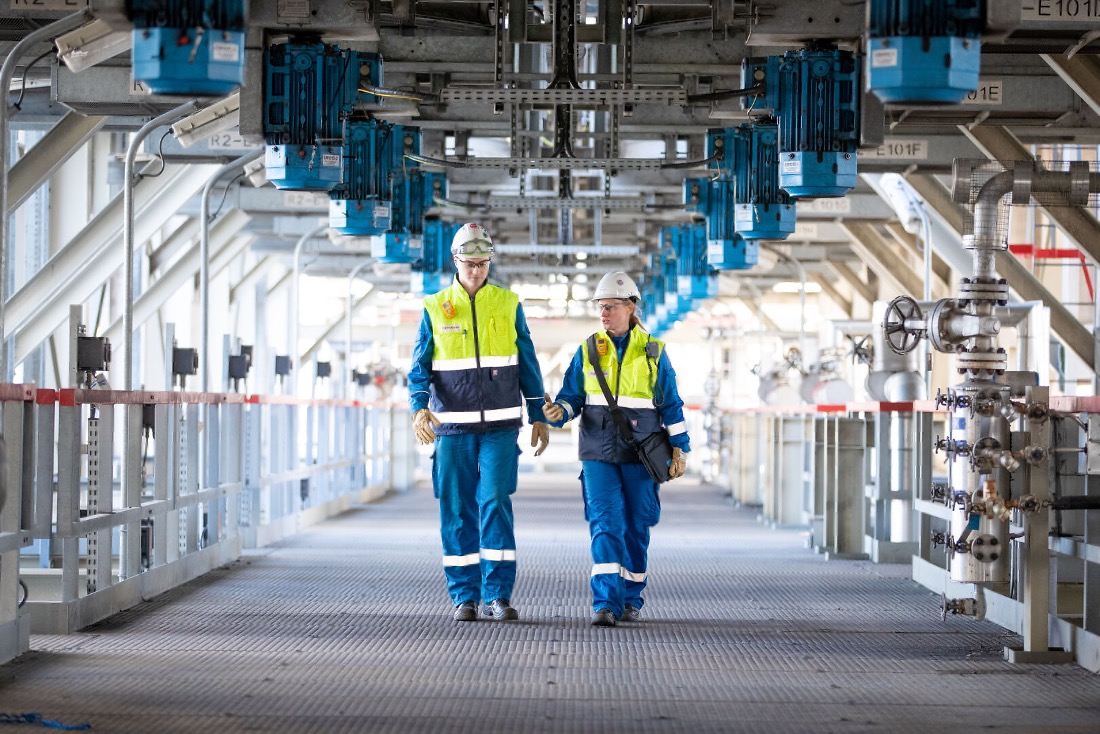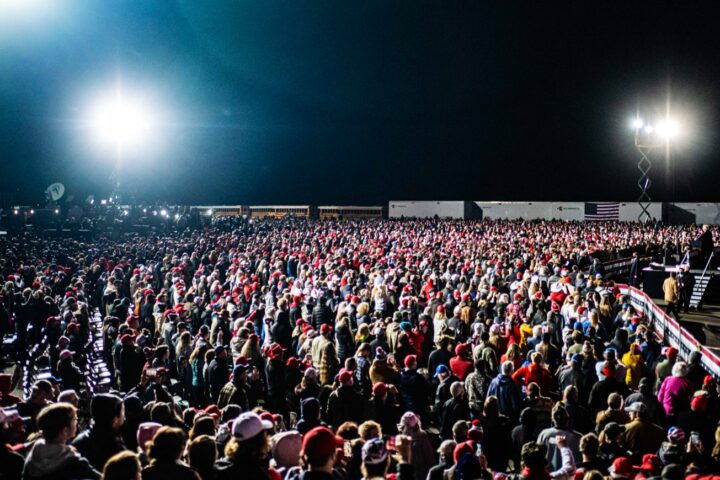Mild winter and a slow start to 2023 have eased energy prices in Europe, at least for now, with persisting tight oil and gas supplies.
China’s economy is on the way to recovery, but it is not yet clear how fast it will grow.
Nevertheless, it is already impacting energy demand, while the EU embargo on Russian oil products that came into force on 5 February has added to this.
Embargo on Russian oil
With the EU embargo on Russian oil products and the Russian fuel cap starting on February 5, the irony is that India is refining Russian crude and sending it to Europe as diesel.
Russia’s Deputy Prime Minister Alexander Novak said: “We will not sell oil to those who directly or indirectly adhere to the principles of the price ceiling.”
And Russia will cut oil production by 500,000 b/d next month.
The impact of these developments was sending Brent over $86 a barrel.
According to Bloomberg, “the most perplexing take about the Russian oil output cut is from Washington, where some are spinning it as Moscow leaving OPEC+.
“And nope, Russia isn’t. There is plenty of history of unilateral output cuts (and hikes) inside OPEC+, including in the past by Saudi Arabia.”
Goldman Sachs said the effective price paid for Russian oil is significantly greater than quoted price assessments.
Europe
Germany is in advanced talks with Oman for natural gas supplies but is struggling to secure sufficient gas quantities.
China’s CNPC is set to seal a mega Qatari LNG deal.
This follows a 4mt/yr deal with Sinopec.
It contrasts with the struggles by Germany to secure small amounts of LNG from the Middle East.
European natural gas prices posted a weekly loss as mild weather slows demand and a key LNG export facility in the US prepares to resume some shipping.
Warmer temperatures and additional supplies are helping to ease Europe’s energy crisis as the last stretch of winter approaches, but forecasts indicate that it may get colder.
US LNG supplies have been vital for Europe to replace Russian gas and to build stockpiles.
Gas inventories in the EU are 68% full, well above the five-year seasonal average.
That’s helped to push futures prices about 30% lower since the start of the year to the lowest level since September 2021.
Confidence is growing for energy stability in the region through the remainder of winter.
EU natural gas demand (which does not include storage filling) was 12% lower in 2022 than the average from 2019 to 2021.
But coal generation increased by 7%.
Increasing renewables, wind and solar, generated a record 22.3% of EU electricity in 2022, for the first time overtaking nuclear (21.9%) and gas (19.9%). It was 19.1% in 2021.
But is the EU ready for the next big climate battle?
Inaccurate and outdated data on cost, technology assumptions, and performance of a range of technologies should, at minimum, be amended before releasing the impact assessments.
Europe’s energy subsidies neared €800 bln in 2022, and ECB chief Christine Lagarde said 2023 subsidies should be more targeted.
According to Carnegie, in many ways, the past year’s dramatic events threaten to push the climate and social justice agendas farther apart, making the politics of the transition more difficult and fraught.
It added that the EU is struggling with an emerging and defining trilemma of how to combine climate action, social justice, and democratic politics.
Wake-up call
Only by embracing social justice and meaningful democratic engagement can the EU accelerate — and sustain — the climate transition and overcome its new trilemma: green transition, social justice, and democracy.
Governments face the thorny puzzle of combining three aims: accelerate climate action, redress the social inequities of the energy crisis, and uphold democratic quality against illiberal politics.
Under new rules to be announced by the European Commission, heavy vehicles will have to reduce their emissions by 45% by 2030 and 90% by 2040.
City buses will have to be zero-emission by 2030, according to three EU officials who have seen the plans.
US
Did the US blow up Nord Stream pipelines?
Veteran investigative journalist Seymour Hersh, the one to break the stories of the My Lai massacre and Abu Ghraib prison abuse, published a report saying the Nord Stream explosions last September were carried out at the direction of US President Biden.
Meanwhile, Joe Biden went off script in his State of the Union speech on 7 February and said the country would need oil for “at least another decade”, possibly longer.
Evidently, he is concerned about energy security, and that’s something that other major economies across the world will be doing this year.
China
The IMF expects a “faster-than-expected recovery” of China’s economy, with GDP increasing well above 5%.
The reopening of China will lead to more oil demand growth than expected, perhaps over 3 mln b/d and higher prices.
Some say $140/b is possible.
China and India are replacing and exceeding lost Russian crude oil exports to Europe.
In January, India’s imports rose to over 1.5 mln b/d and China’s to just under 3 mln b/d.
Europe’s imports halved to below 1.5 mln b/d.
As an indication, pre-pandemic Europe was importing about 3 mln b/d, China under 1 mln b/d, and India very little.
Mobility indicators in China are soaring.
An indication is the number of passengers using the metro in Beijing, which rose to a 1-year-high of nearly 1 million in early February.
Even data on traffic jams point to much higher gasoline demand.
China’s CNPC is set to seal a mega Qatari LNG deal.
This follows a 4mt/yr deal with Sinopec.
It contrasts with the struggles of Germany to secure small amounts of LNG from the Middle East.
Dr Charles Ellinas is Senior Fellow at the Global Energy Center, Atlantic Council
Twitter: @CharlesEllinas










